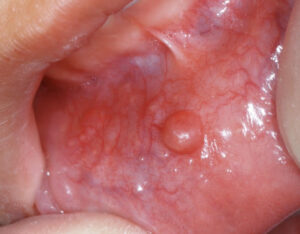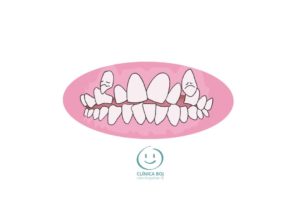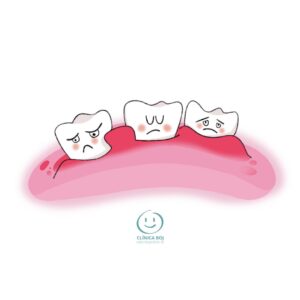IAPD Frequently Asked Questions
The IAPD frequently asked questions section is available in the International Association of Pediatric Dentistry (IAPD) website. Undoubtedly, IAPD is a reliable source of information for all: baby, child and juvenile dentistry.
As can be seen, in the section for parents we can find several IAPD frequently asked questions and answers regarding oral health:
First IAPD frequently asked question: Sometimes we hear dentists talk about fluoride varnish. Is it necessary to apply it to all children? What is it specifically for?
Is fluoride varnish good for kids?
Unfortunately, many babies develop cavities soon after their teeth are born. Therefore, when this risk exists, a fluoride varnish application by a dentist can strengthen these children’s teeth. Without doubt, taking your child to a dental appointment in the first year of life, and every six months after this first visit, will help the dentist assess the risk of cavities.
Clearly, applying fluoride varnish is an easy, safe and very effective way to protect your baby’s teeth. Overmore, when your child already has early decay, a fluoride varnish application every 3 months can prevent cavity growth and even reverse the process. Therefore, we should talk to the dentist about the need to apply fluoride varnish to our children.
Second IAPD frequently asked question: At what age should a child have his or her first dental check-up?
When should be the first dental check-up?
For sure, visiting a dentist when the first tooth erupts or after the first birthday is recommended to help reduce the number of children suffering from cavities.
Why? Clearly, seeing the child early gives the dentist the opportunity to examine the mouth and confirm that oral development is normal. Primarily, the teeth can be examined for cleaning. But, it also gives the dentist the opportunity to provide advice on prevention and make the best plan of care for your child.
In addition, it gives parents the opportunity to discuss eating practices and oral habits. Also, should the child become at risk for cavities, the dentist can apply additional preventive measures, e.g., fluoride varnish. In summary, the best plan is to prevent problems from happening rather than trying to fix them once they occur.
References:







